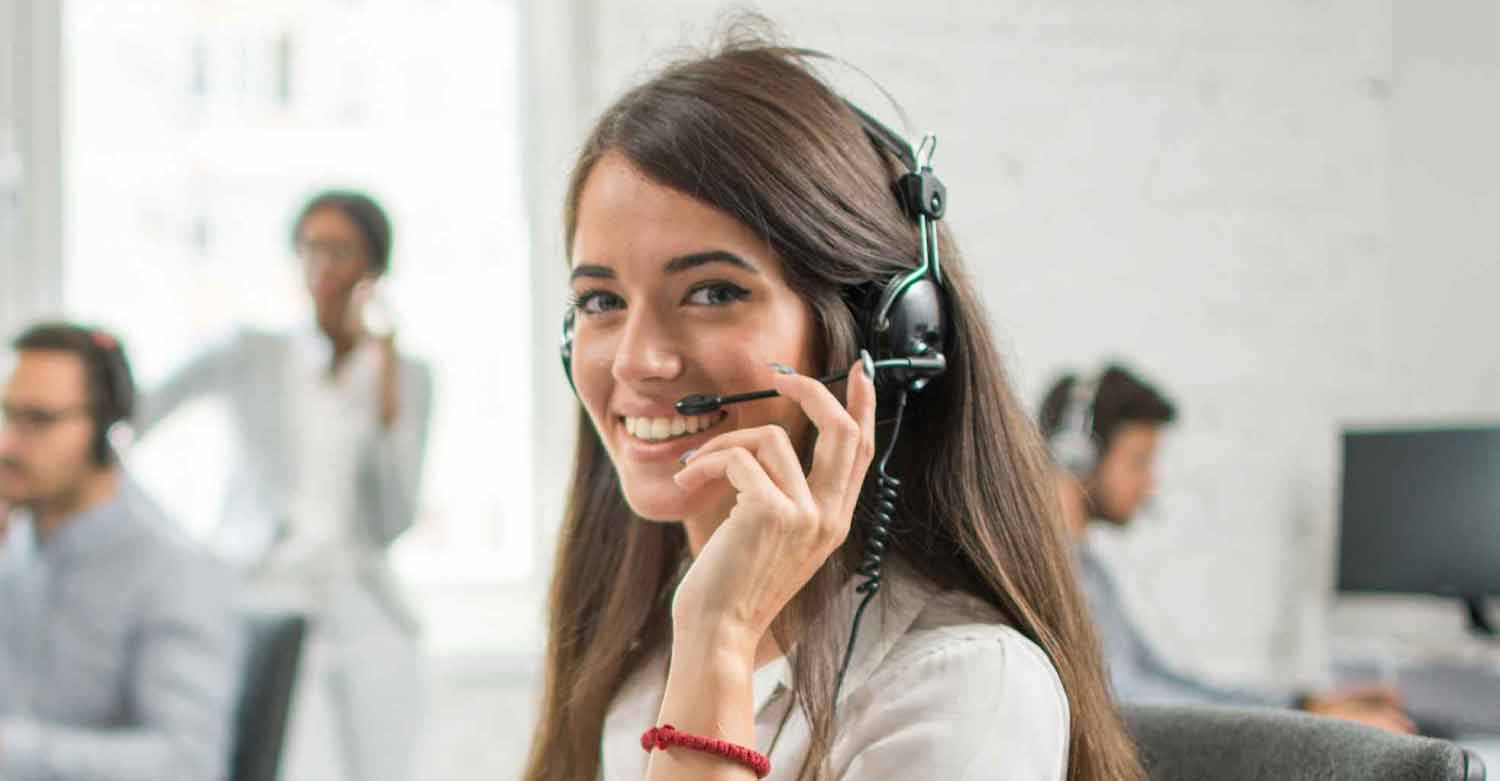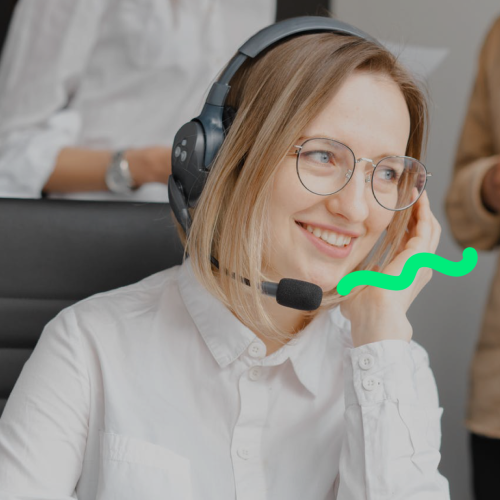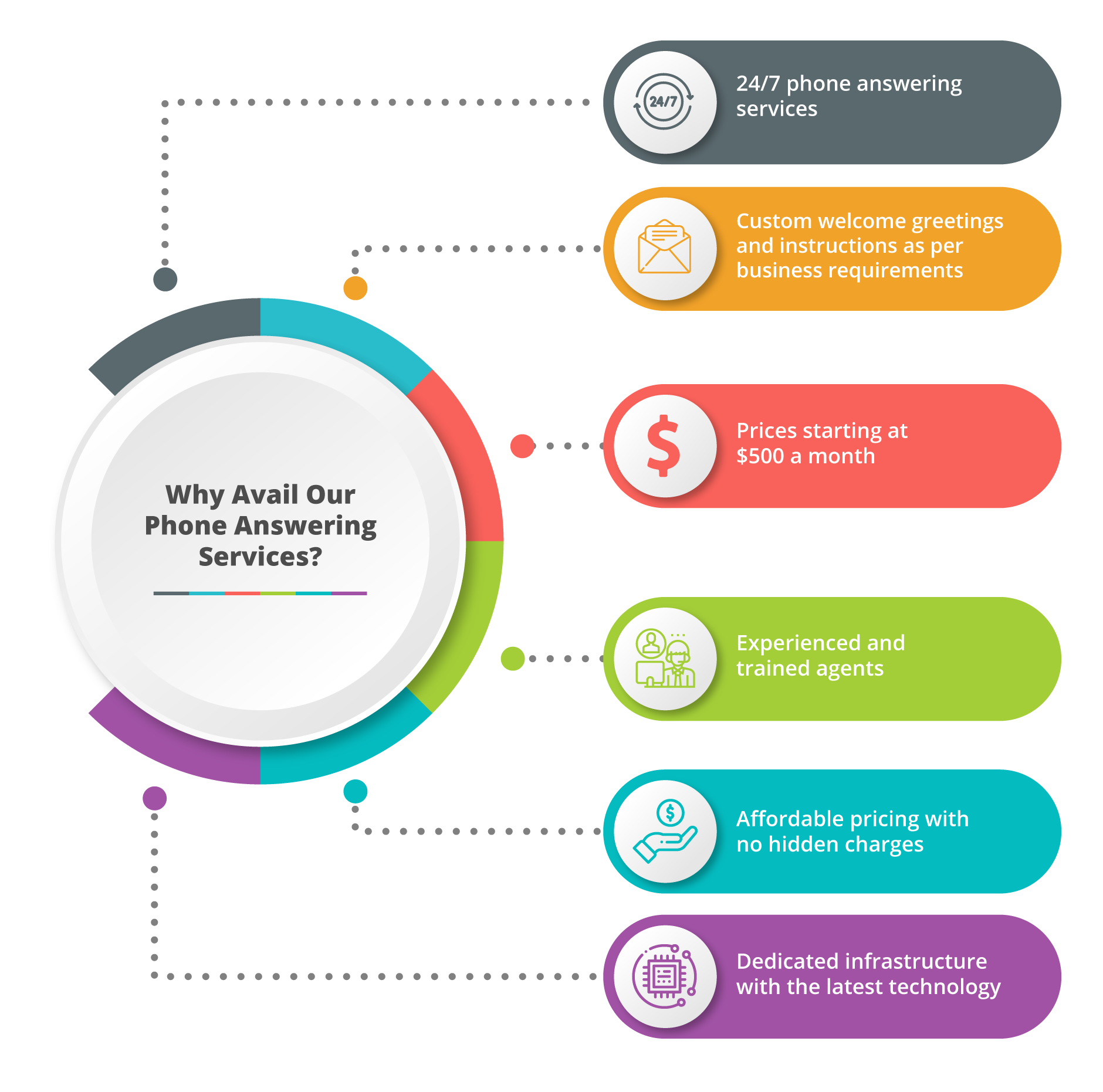All Categories
Featured
Table of Contents
- – What Is The Best Answering Adelaide - Phone Ans...
- – What Is The Best Live Answering Services - Aus...
- – What Do Outsource Answering Services In The Us...
- – Which Is The Best Answering Services Plan
- – What Is The Best What Is An Answering Service...
- – Who Is The Best What Is An Answering Service...
What Is The Best Answering Adelaide - Phone Answering Services Software?
This device and its successors were designed by Sava Jacobson, an electrical engineer with a personal consulting business. While early voice mail used magnetic tape innovation, the majority of modern-day equipment uses strong state memory storage; some devices use a mix of both, with a solid-state circuit for the outgoing message and a cassette for the inbound messages.
"toll conserving" listed below) (business answering service). This is helpful if the owner is screening calls and does not wish to speak with all callers. In any case after going, the calling celebration should be informed about the call having been responded to (most of the times this starts the charging), either by some remark of the operator, or by some welcoming message of the TAD, or addressed to non-human callers (e.
This holds particularly for the Little bits with digitally kept greeting messages or for earlier devices (before the increase of microcassettes) with an unique unlimited loop tape, different from a 2nd cassette, devoted to recording. There have actually been answer-only gadgets without any recording capabilities, where the greeting message had to inform callers of a state of present unattainability, or e (business answering service).
What Is The Best Live Answering Services - Australia Today

about schedule hours. In taping Little bits the welcoming normally contains an invite to leave a message "after the beep". A voice mail that utilizes a microcassette to tape messages On a dual-cassette answerphone, there is an outgoing cassette, which after the defined number of rings plays a pre-recorded message to the caller.

Single-cassette voice mail consist of the outgoing message at the start of the tape and inbound messages on the remaining space. They first play the announcement, then fast-forward to the next available area for recording, then tape-record the caller's message. If there are many previous messages, fast-forwarding through them can cause a considerable hold-up.
This beep is typically described in the welcoming message, asking for that the caller leave a message "after the beep". Littles with digital storage for the taped messages do not reveal this hold-up, of course. A little bit may use a remote control facility, where the answerphone owner can ring the home number and, by getting in a code on the remote telephone's keypad, can listen to taped messages, or erase them, even when away from home.
What Do Outsource Answering Services In The Usa - Start From $11/hr Services Include?

Thereby the device increases the number of rings after which it addresses the call (usually by two, leading to 4 rings), if no unread messages are presently stored, however answers after the set number of rings (typically 2) if there are unread messages. This enables the owner to learn whether there are messages waiting; if there are none, the owner can hang up the phone on the, e.
Some machines likewise enable themselves to be remotely activated, if they have actually been changed off, by calling and letting the phone ring a specific large number of times (generally 10-15). Some company abandon calls already after a smaller variety of rings, making remote activation difficult. In the early days of Littles an unique transmitter for DTMF tones (dual-tone multi-frequency signalling) was regionally required for remote control, given that the formerly used pulse dialling is not apt to communicate suitable signalling along an active connection, and the dual-tone multi-frequency signalling was executed stepwise.
Any inbound call is not recognizable with regard to these homes in advance of going "off hook" by the terminal equipment. So after going off hook the calls need to be changed to proper gadgets and only the voice-type is immediately accessible to a human, however perhaps, nevertheless must be routed to a LITTLE (e.
Which Is The Best Answering Services Plan
What if I informed you that you do not need to really select up your gadget when responding to a customer call? Another person will. So hassle-free, best? Answering telephone call does not require somebody to be on the other end of the line. Effective automated phone systems can do the trick just as effectively as a live agent and in some cases even better.
An automated answering service or interactive voice reaction system is a phone system that communicates with callers without a live person on the line - call answering services. When business use this innovation, clients can get the response to a concern about your business simply by utilizing interactions established on a pre-programmed call circulation.
Although live operators update the customer care experience, lots of calls do not require human interaction. A simple recorded message or instructions on how a client can retrieve a piece of info usually fixes a caller's immediate requirement - phone answering service. Automated answering services are a basic and effective way to direct inbound calls to the best person.
What Is The Best What Is An Answering Service And Why Use One? And Why
Notification that when you call a business, either for assistance or item query, the very first thing you will hear is a pre-recorded voice welcoming and a series of options like press 1 for client service, press 2 for inquiries, and so on. The pre-recorded options branch out to other options depending on the customer's choice.
The phone tree system assists direct callers to the ideal individual or department using the keypad on a smart phone. In some circumstances, callers can use their voices. It's worth noting that auto-attendant options aren't restricted to the ten numbers on a phone's keypad. As soon as the caller has selected their very first option, you can design a multi-level auto-attendant that uses sub-menus to direct the caller to the right sort of support.
The caller does not have to communicate with an individual if the auto-attendant phone system can handle their issue. The automated service can path callers to a staff member if they reach a "dead end" and require help from a live agent. It is pricey to hire an operator or executive assistant.
Who Is The Best What Is An Answering Service? Service
Automated answering services, on the other hand, are considerably less pricey and offer considerable expense savings at an average of $200-$420/month. Even if you do not have actually committed staff to deal with call routing and management, an automatic answering service enhances efficiency by permitting your team to concentrate on their strengths so they can more efficiently invest their time on the phone.
A sales lead routed to customer service is a lost shot. If a consumer who has product questions reaches the wrong department or gets incomplete responses from well-meaning workers who are less trained to handle a specific type of concern, it can be a cause of frustration and frustration. An automated answering system can lessen the variety of misrouted calls, therefore helping your staff members make much better use of their phone time while freeing up time in their calendar for other tasks.
With Automated Answering Systems, you can create a tailored experience for both your staff and your callers. Make a recording of your primary greeting, and merely upgrade it routinely to reflect what is going on in your organization. You can develop as lots of departments or menu choices as you desire.
Table of Contents
- – What Is The Best Answering Adelaide - Phone Ans...
- – What Is The Best Live Answering Services - Aus...
- – What Do Outsource Answering Services In The Us...
- – Which Is The Best Answering Services Plan
- – What Is The Best What Is An Answering Service...
- – Who Is The Best What Is An Answering Service...
Latest Posts
Honest Live Receptionist Service Near Me – Darwin 0830
Top Business Phone Answering Services ( Australia 5061)
Thorough Call Answering Service (Scarborough)
More
Latest Posts
Honest Live Receptionist Service Near Me – Darwin 0830
Top Business Phone Answering Services ( Australia 5061)
Thorough Call Answering Service (Scarborough)